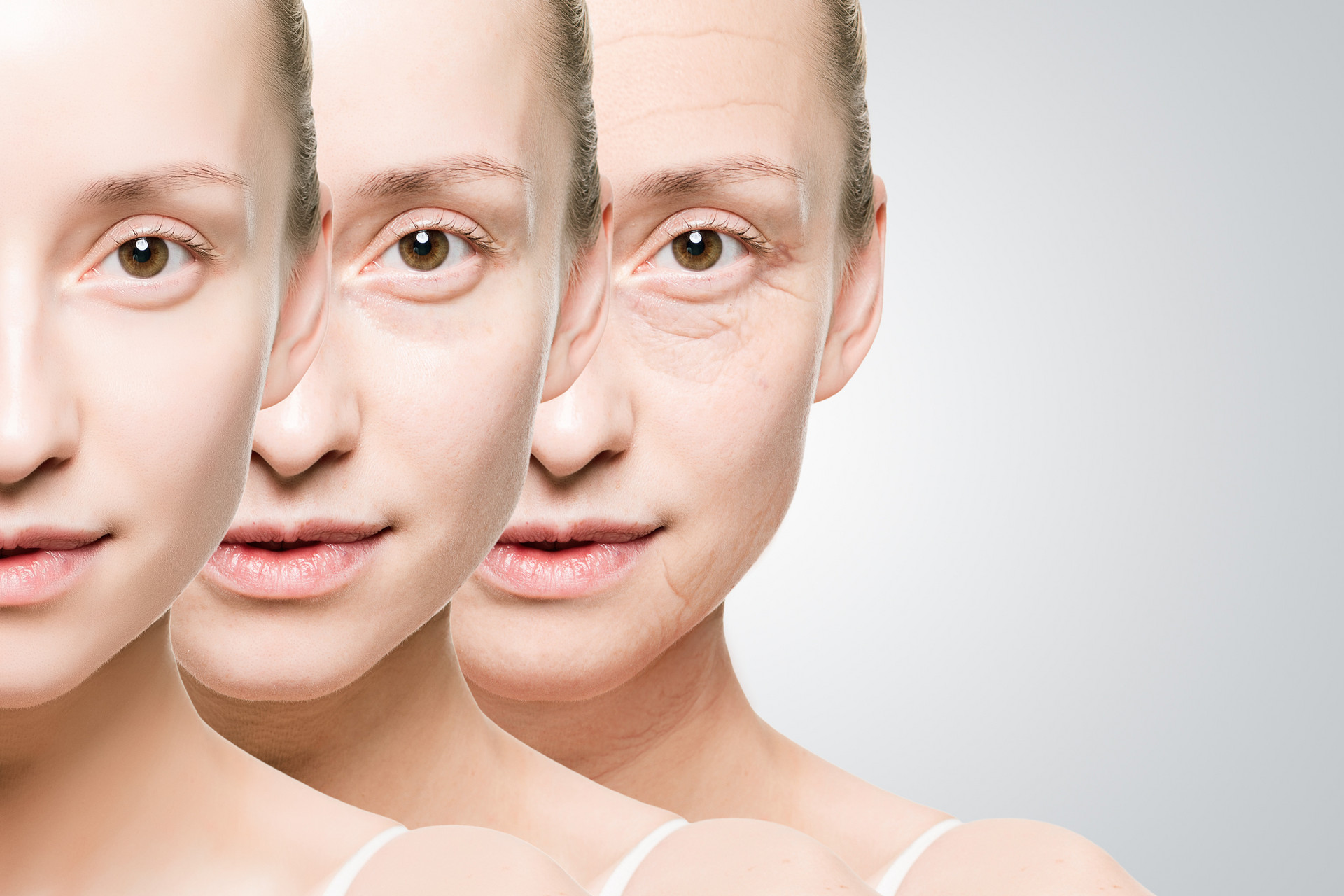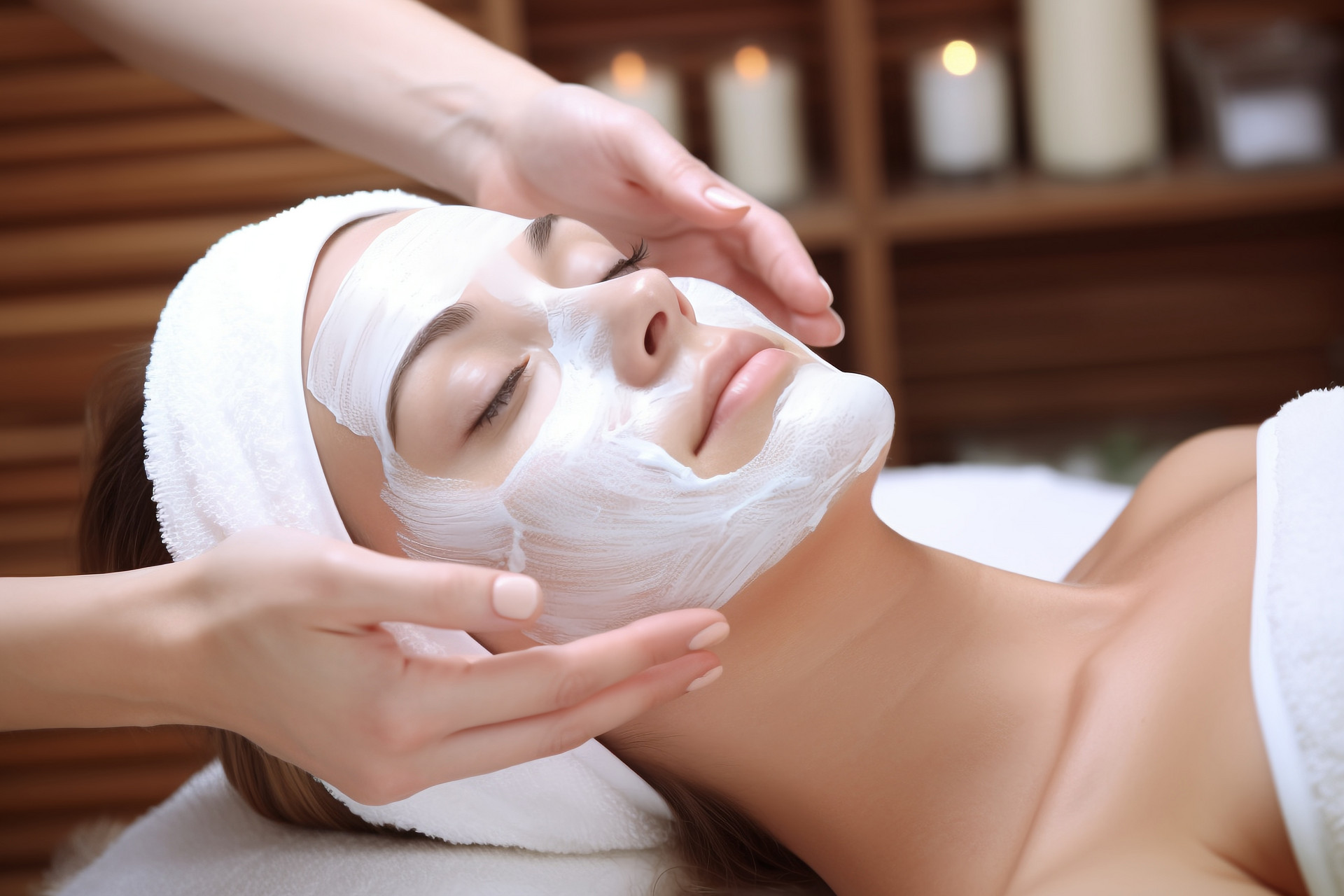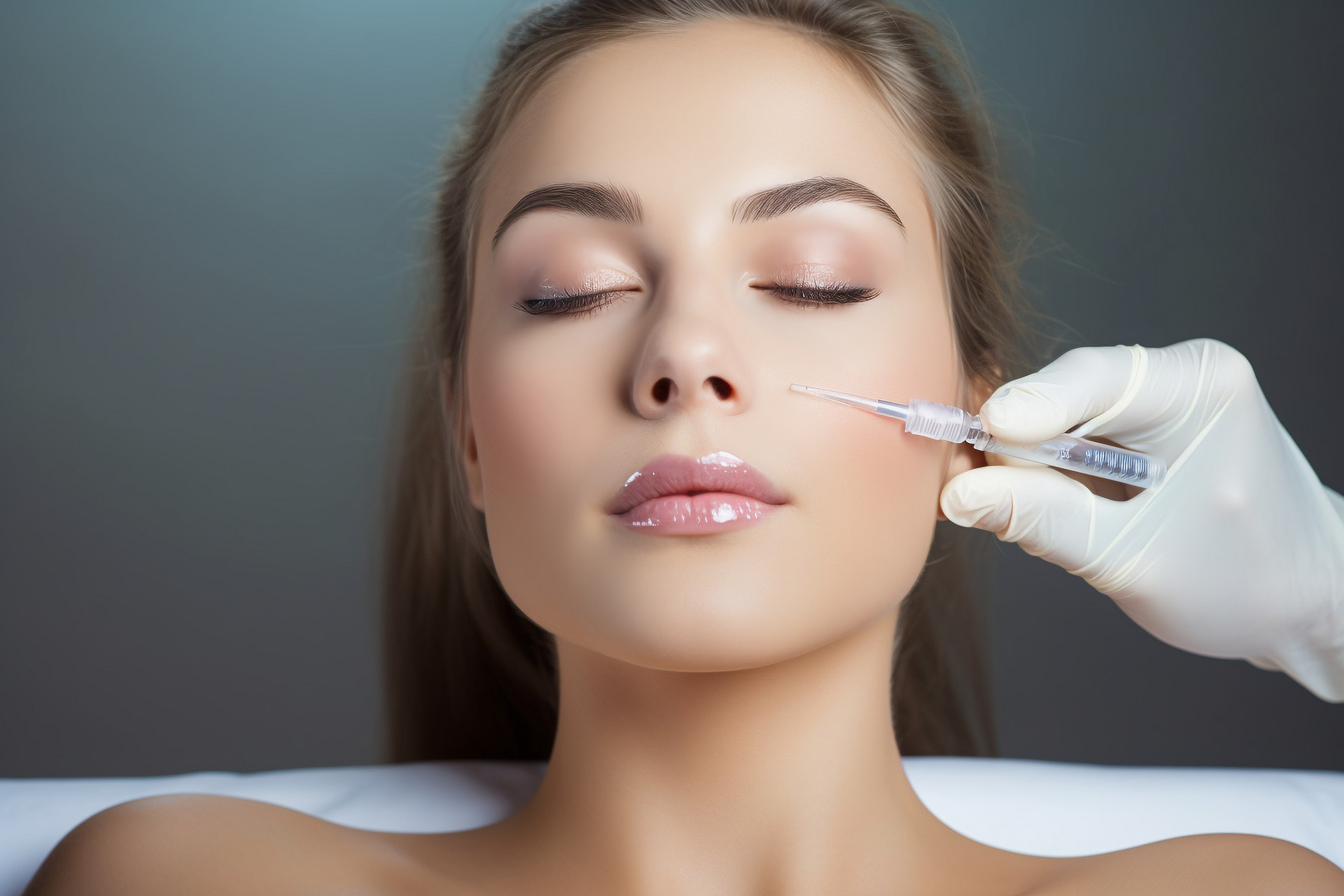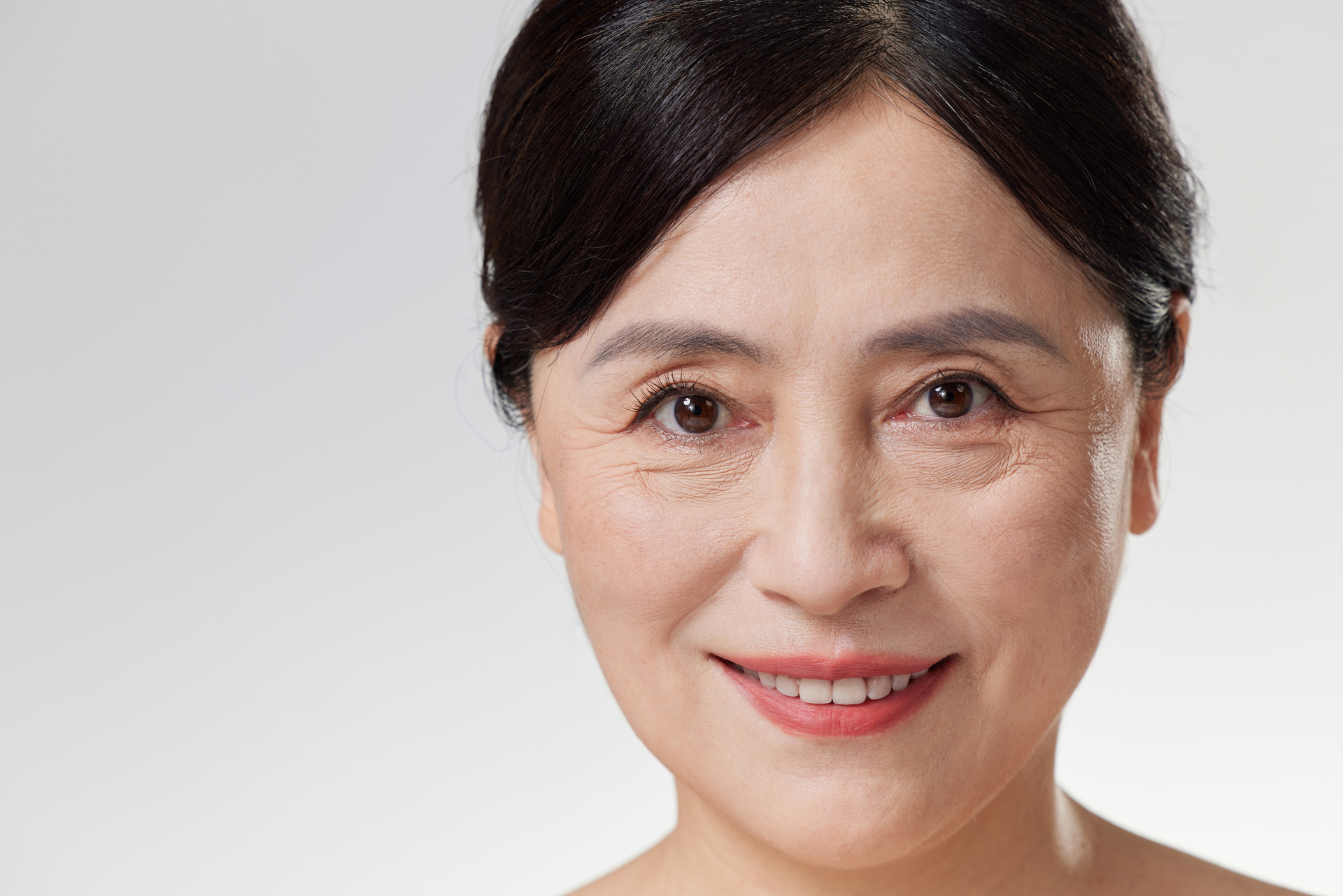Acupuncture Beauty, is the use of acupuncture and moxibustion methods to nourish the organs, reduce swelling and disperse knots, regulate qi and blood, thereby reducing or eliminating certain physiological or pathological conditions that affect appearance, and ultimately achieve the goal of strengthening the body, delaying aging, and beautifying the complexion.
Acupuncture beauty can be divided into two categories: acupuncture and moxibustion. Acupuncture commonly uses fine needles, ear needles, and plum blossom needles, while moxibustion can be direct or indirect. Direct moxibustion involves using moxa sticks to apply heat at a certain distance (about 1-3cm) from the skin, while indirect moxibustion often uses the ginger separation method.
Principles of acupuncture beauty:
1. Selecting acupoints and combining them: Since the biggest characteristic of acupuncture beauty is the overall adjustment of the body, it is necessary to combine local and systemic acupoint selection to achieve better therapeutic effects. Local acupoints can improve circulation, promote the metabolism of epidermal cells to eliminate spots and blemishes, and enhance muscle elasticity. Systemic acupoints focus on balancing the organs and regulating the functions of various systems to achieve the goal of beauty.
Single acupoint and group acupoints: Clinical practice has shown that single acupoints or a combination of several acupoints can be used. If enhancing a specific function is desired, a single acupoint can be used to highlight its effect. For overall functional regulation, a group of acupoints can be selected to enhance the overall effect.
Near acupoints and distant acupoints: Near acupoints refer to selecting acupoints that improve the skin locally for beauty purposes. Distant acupoints refer to selecting acupoints that are far from the facial area. They can not only prevent and treat local symptoms but also prevent and treat diseases of tissues, organs, and organs involved in the circulation of the meridians. Some acupoints may even have a systemic impact.
2. Techniques of needle insertion: For beauty and health care, needle insertion should be gentle, and the intensity of stimulation should be moderate, avoiding excessive force. Generally, the needles should not be left in for too long. Once the qi is obtained, the needles can be removed. The depth of needle insertion should also be tailored to the individual. For elderly or frail individuals, the needles should not be inserted too deeply, while for those who are overweight, deeper insertion may be appropriate.
3. Contraindications: Needling should be avoided in cases of hunger, overeating, intoxication, extreme anger, extreme fright, and excessive fatigue. Pregnant women and women in labor should not be needled.
Acupoints for wrinkle prevention and reduction:
Main acupoints: Sizhukong, Zanzhu, Taiyang, Ju, Yingxiang, Jia Che, Yi Feng.
Auxiliary acupoints: Zhongwan, Hegu, Quchi, Zusanli.
Needling method: 3 main acupoints each time, 1-2 auxiliary acupoints each time. The former uses a draining method, while the latter uses a tonifying method.
Explanation: The combination of acupoints in this group is based on the combination of near and distant acupoints. Starting from a local perspective, acupoints are selected near areas prone to wrinkles. At the same time, the overall regulation of the meridian acupoints is considered, and acupoints along the Yangming meridian are selected. The combination of these two approaches complements each other.






